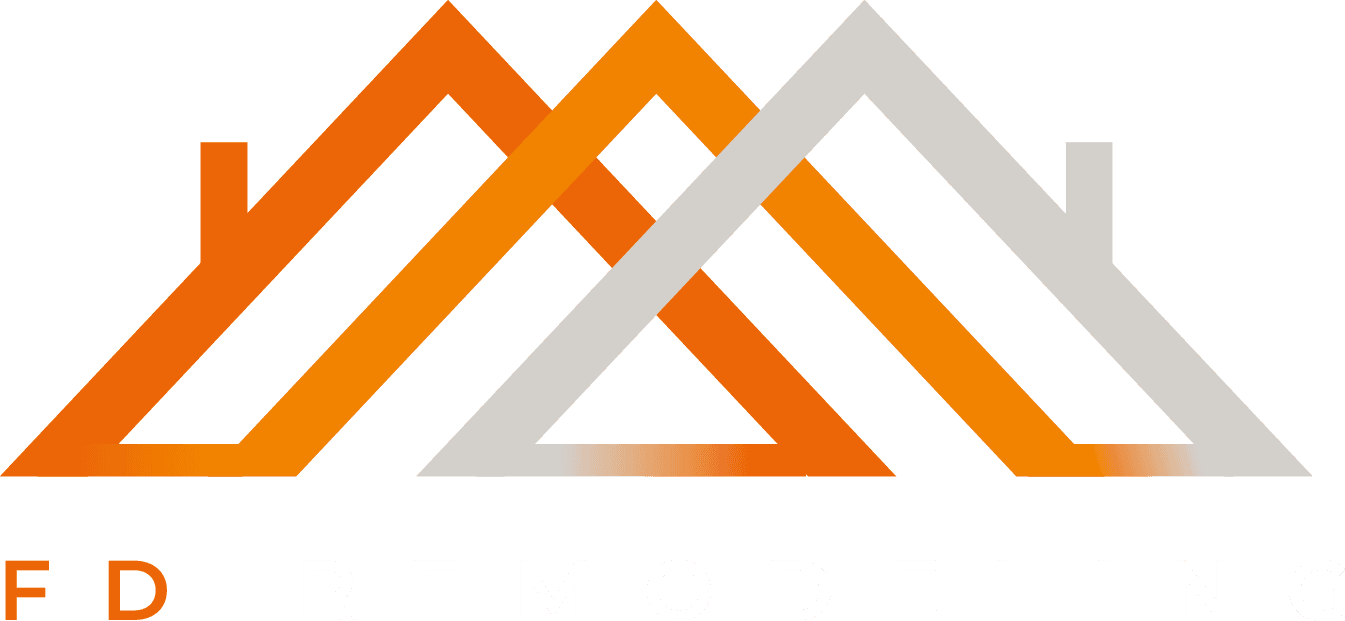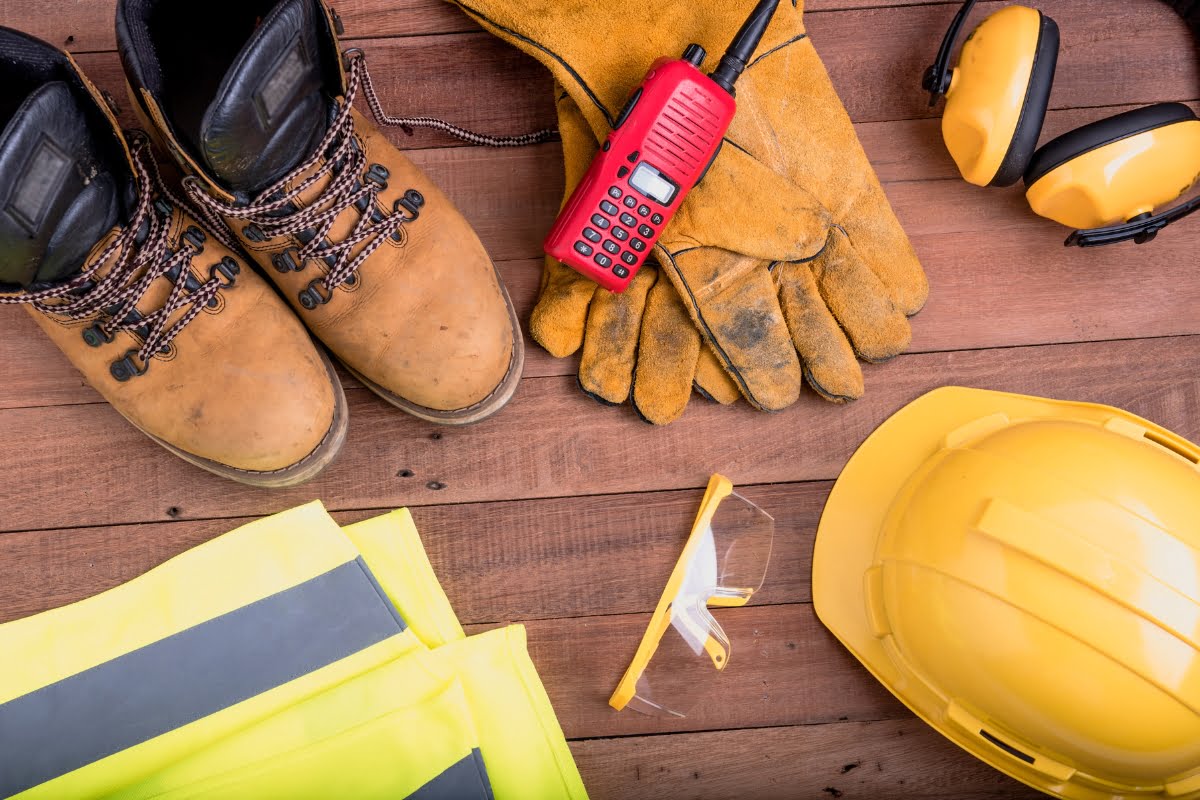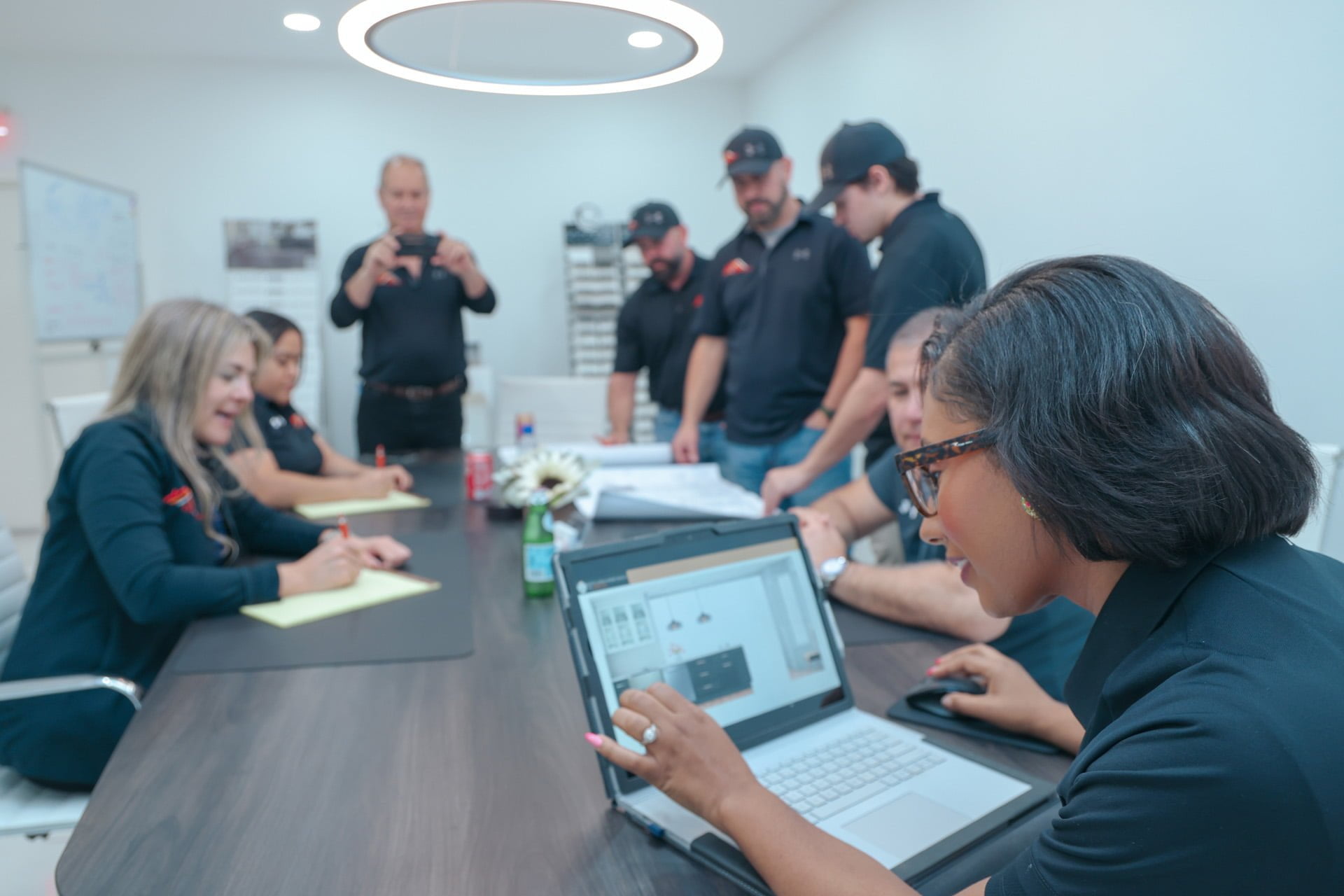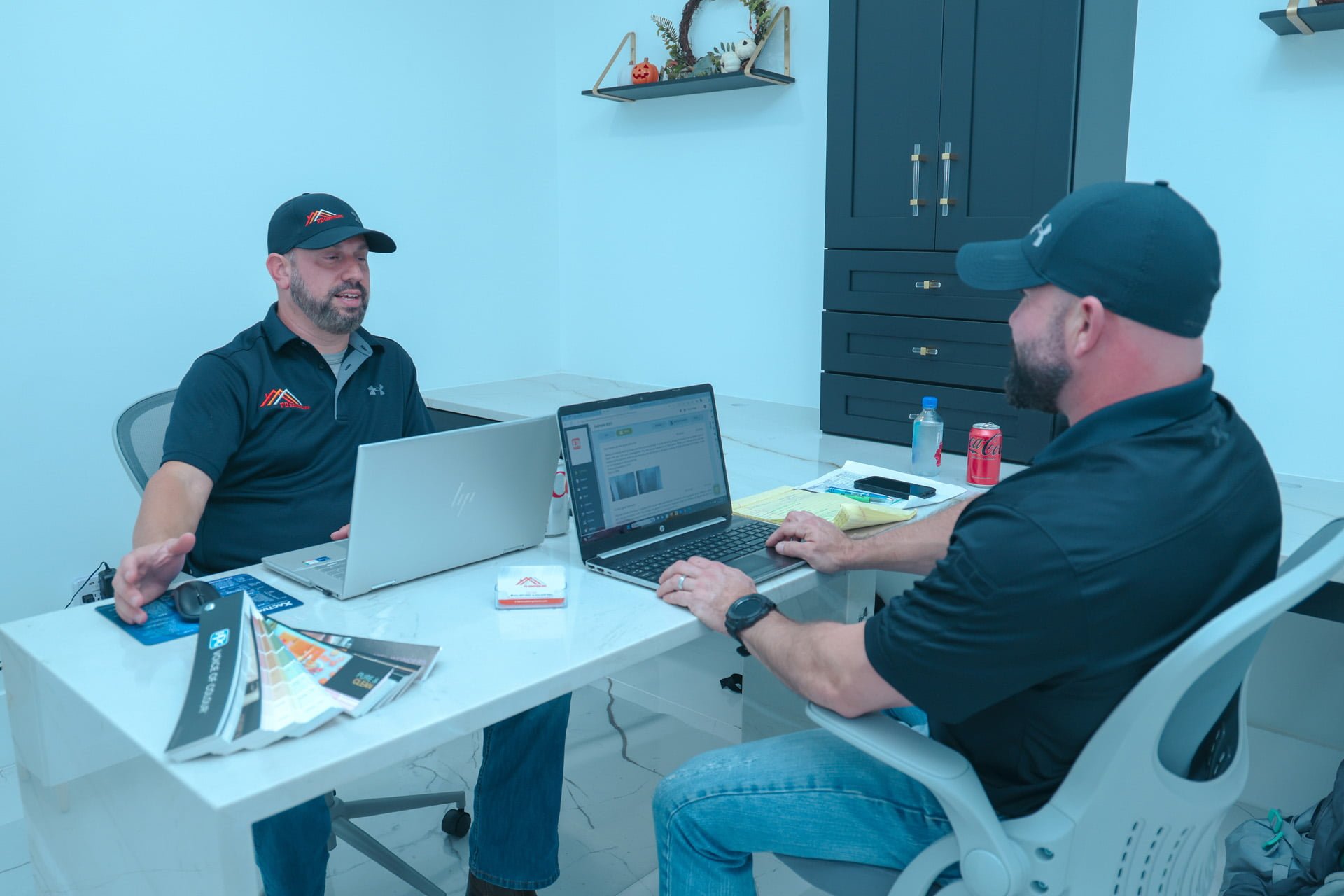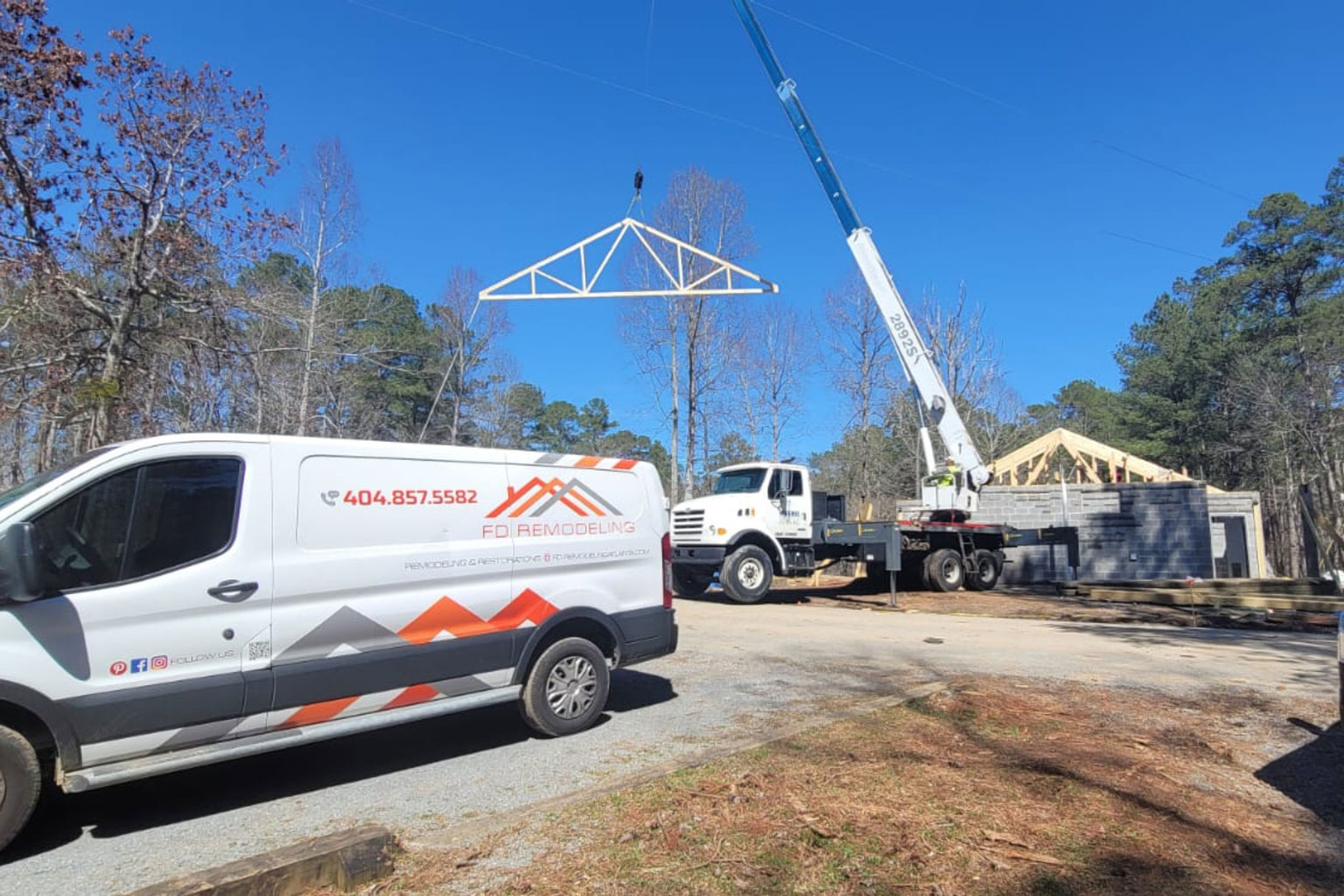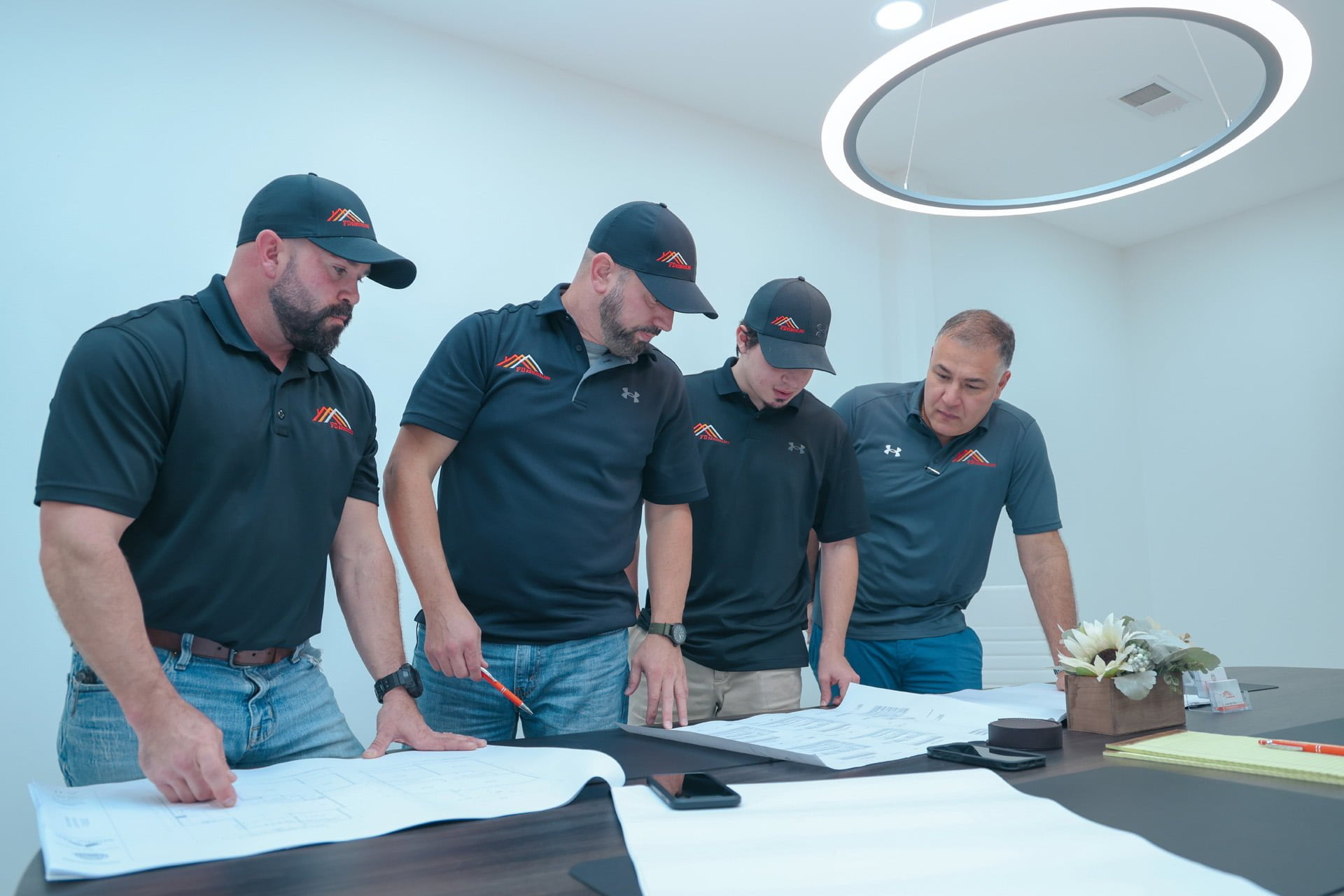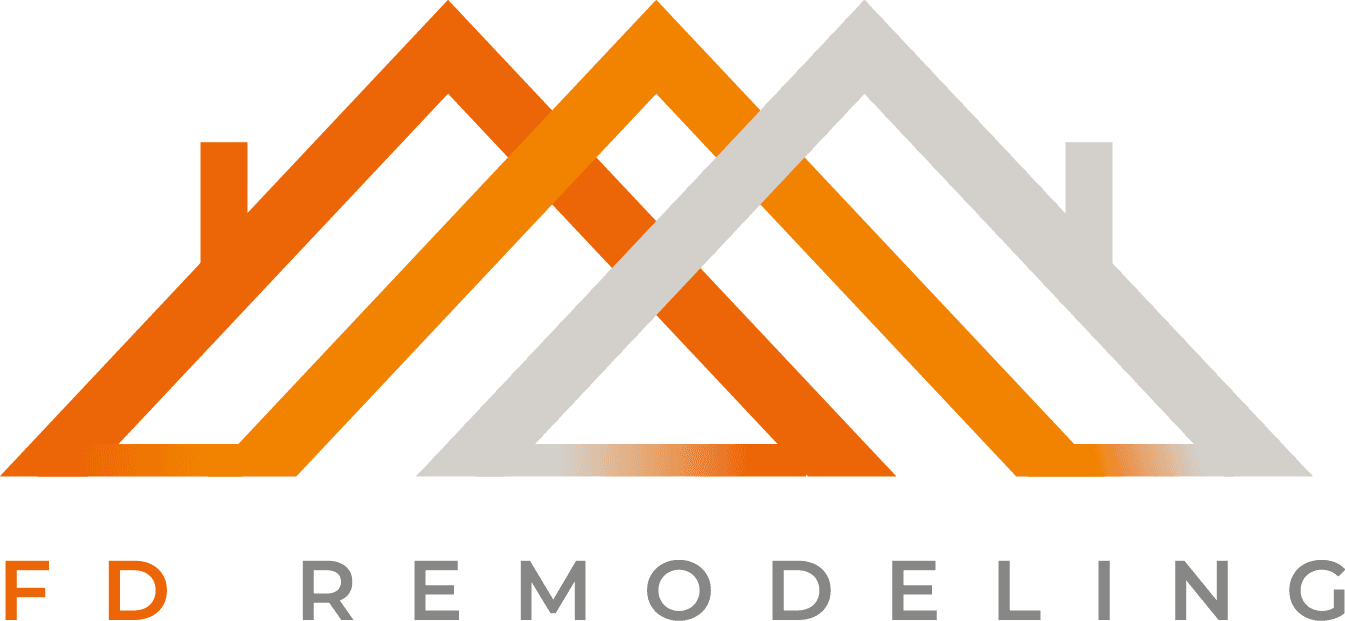Ensuring safety standards in construction isn’t just about compliance; it’s the cornerstone of successful remodeling projects.
From towering skyscrapers to humble home renovations, every construction endeavor requires meticulous attention to safety protocols to protect workers and ensure project success. In this guide, we’ll delve into the essential safety standards that form the blueprint for remodeling success.
Whether you’re a seasoned contractor or a DIY enthusiast, understanding and implementing these standards will not only safeguard lives but also streamline your project, minimize risks, and ultimately lead to a successful outcome.
Get ready to build with confidence as we navigate the blueprint of safety standards in construction.
Safety Standards in Construction: Are You Putting Workers at Risk?
The Importance of Safety Standards in Construction
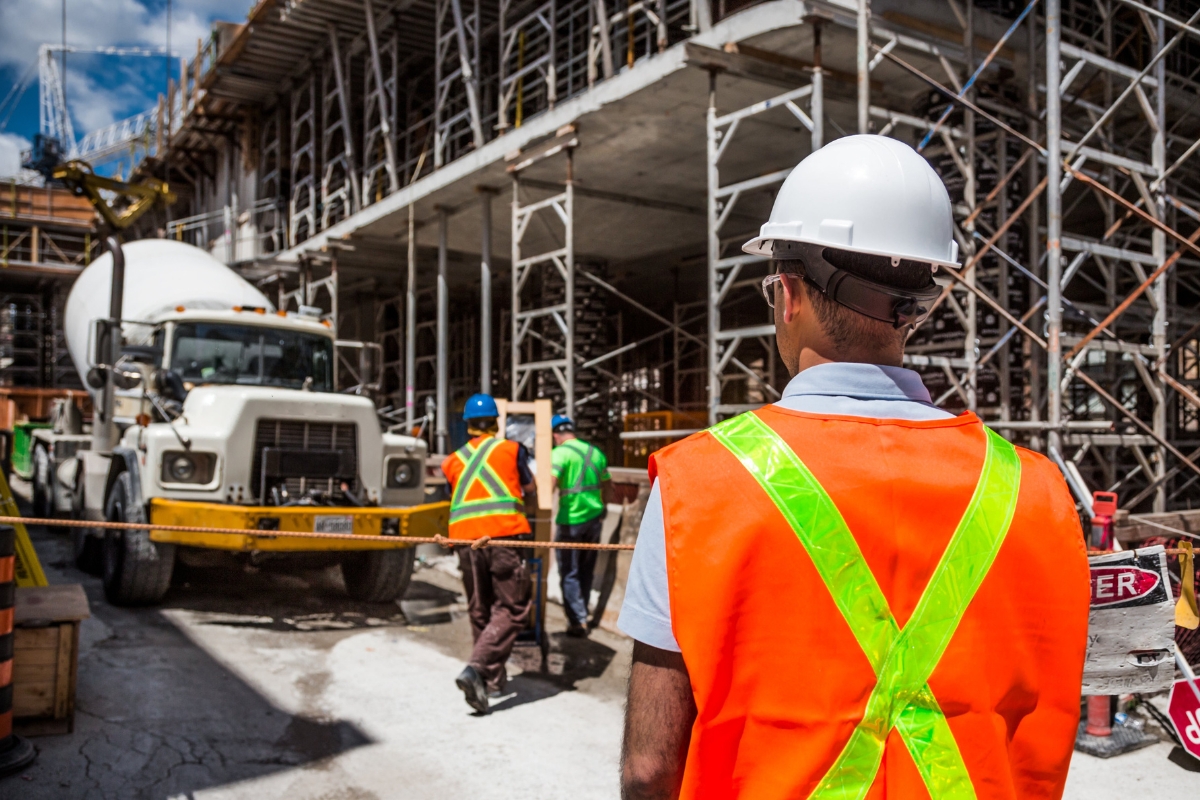
When it comes to construction, safety should always be the top priority. The importance of safety standards in construction cannot be overstated. These standards are in place to protect workers from potential hazards and ensure that projects are completed without incident. By adhering to these standards, construction companies can create a work environment that is safe, productive, and efficient.
Safety standards cover a wide range of areas in construction, including everything from equipment operation to hazard identification. They provide guidelines for proper training and education, as well as protocols for emergency preparedness and response. By following these standards, workers can feel confident that they are protected from harm while on the job.
One of the key benefits of safety standards is their ability to mitigate risks. By identifying potential hazards and implementing measures to control them, construction companies can significantly reduce the likelihood of accidents or injuries occurring. This not only protects workers but also helps to minimize downtime and keep projects on schedule.
Regulations and Compliance: Navigating the Legal Landscape
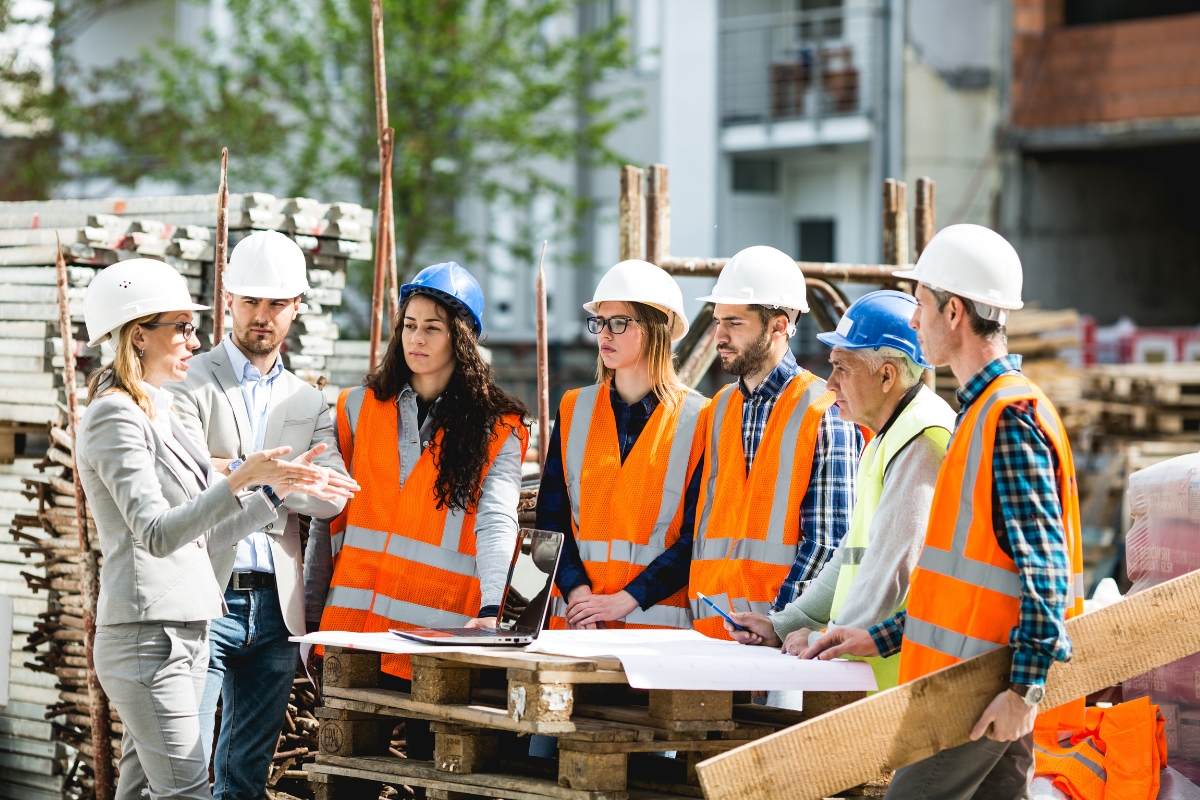
In addition to protecting workers, safety standards also help construction companies navigate the complex legal landscape surrounding the industry. There are numerous regulations in place at both the federal and state levels that govern workplace safety in construction.
By adhering to these regulations and ensuring compliance with all applicable laws, construction companies can avoid costly fines and penalties. It’s important for companies to stay up-to-date with any changes or updates to these regulations so they can adjust their practices accordingly.
Training and Education: Empowering Workers for Success
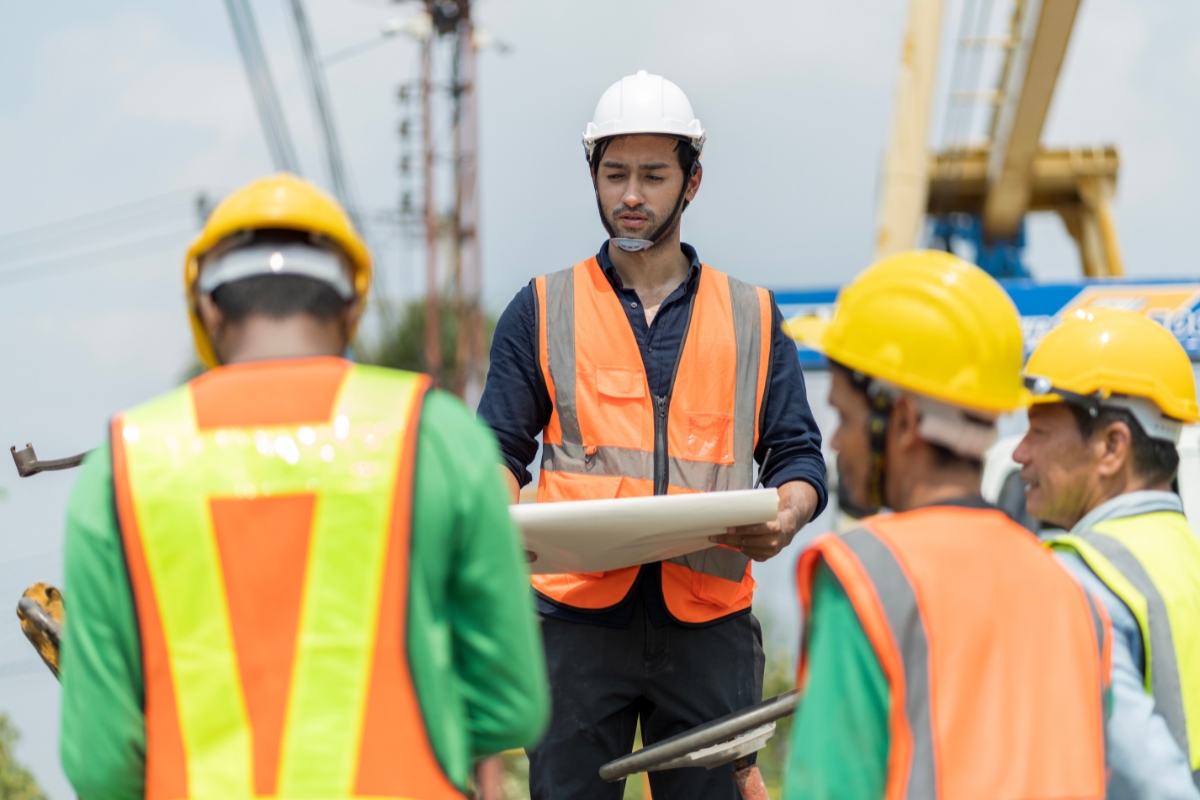
A crucial aspect of safety standards in construction is providing workers with proper training and education. This includes familiarizing them with equipment operation procedures, teaching them how to identify potential hazards, and ensuring they understand emergency response protocols.
By empowering workers with the knowledge and skills they need to work safely, construction companies can create a culture of safety that permeates every aspect of their operations. This not only protects workers but also improves overall productivity and efficiency.
Personal Protective Equipment (PPE): Shielding Lives on the Job
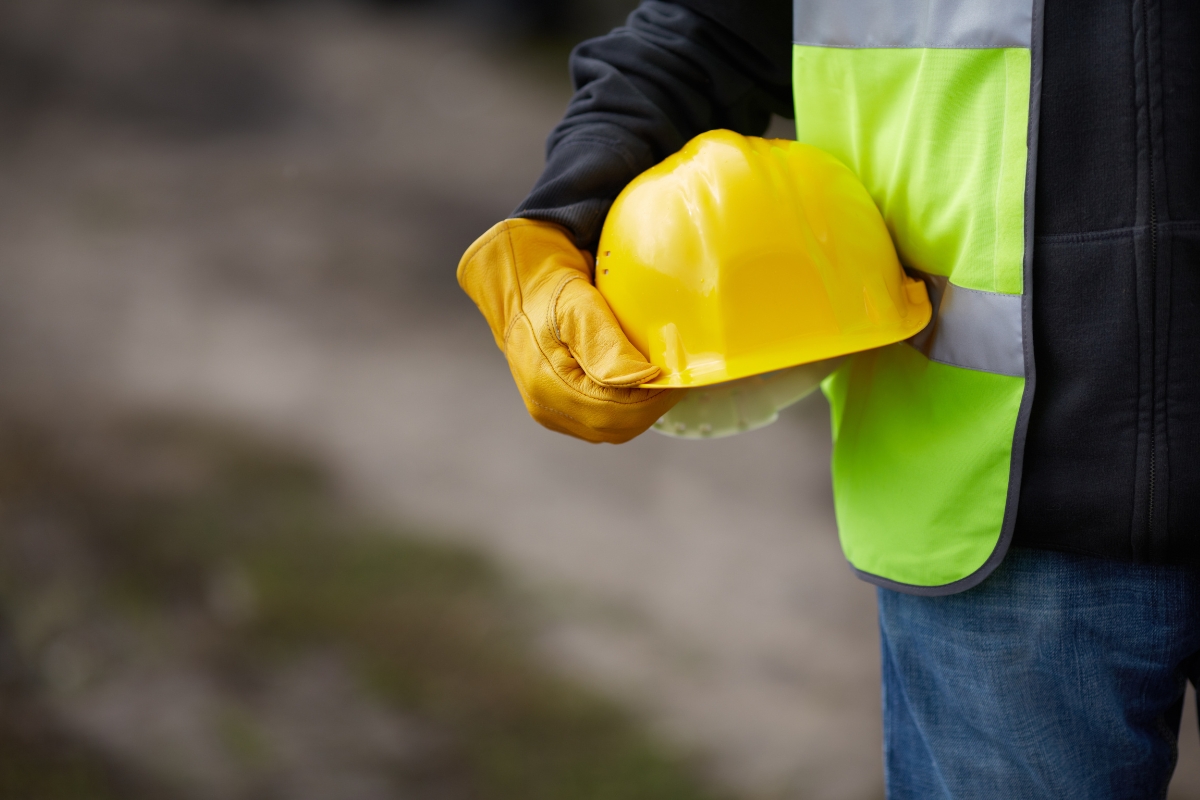
Personal protective equipment, or PPE, plays a vital role in ensuring worker safety in construction. This includes items such as hard hats, safety glasses, gloves, and high-visibility clothing.
By providing workers with the appropriate PPE for their specific tasks, construction companies can minimize the risk of injuries caused by falling objects, flying debris, or exposure to hazardous materials. It’s important for companies to regularly inspect and maintain PPE to ensure its effectiveness.
Hazard Identification and Risk Assessment: Mitigating Dangers Proactively
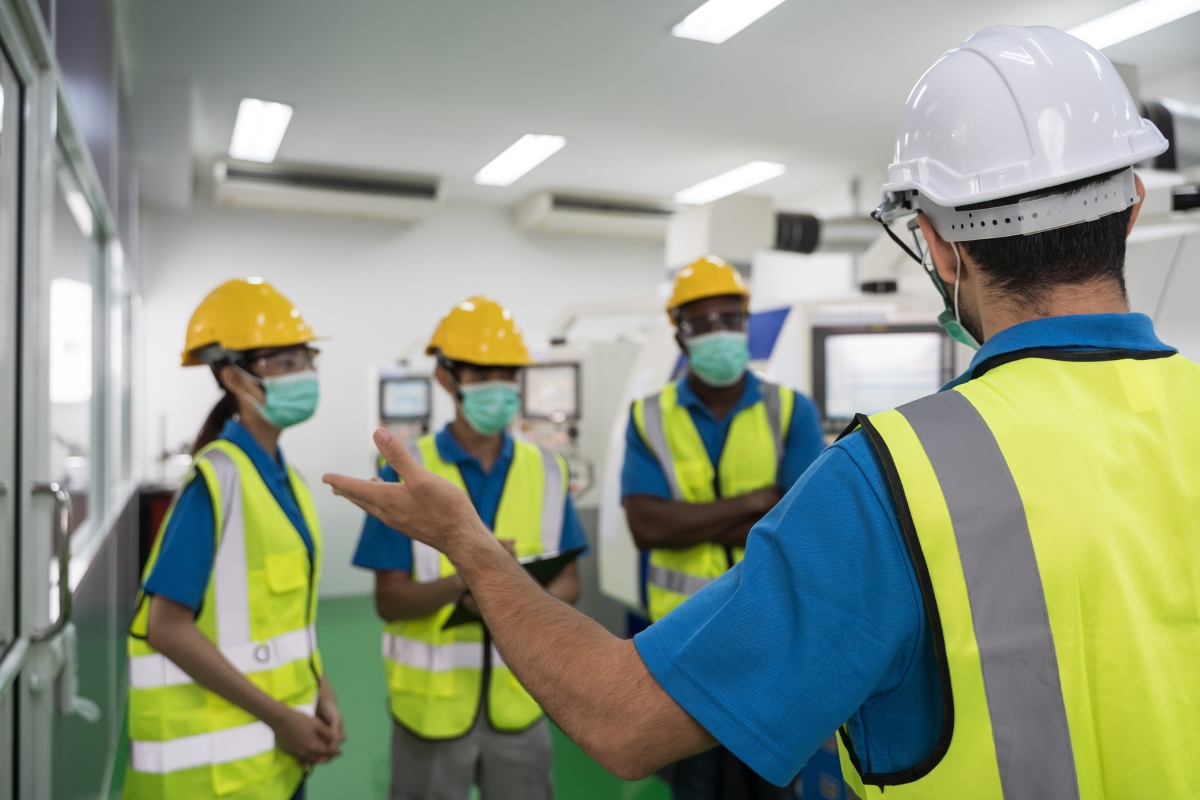
When it comes to remodeling projects in construction, adhering to safety standards is paramount. By focusing on hazard identification and risk assessment, dangers can be mitigated proactively. This proactive approach not only ensures the safety of workers but also contributes to the overall success of the remodeling project.
In the realm of construction, safety standards serve as the blueprint for achieving remodeling success. Before commencing any project, it is crucial to conduct a thorough hazard identification process. This involves identifying potential risks and hazards that may arise during the remodeling process. By recognizing these dangers early on, preventive measures can be implemented to minimize their impact.
Risk assessment plays a key role in ensuring a safe working environment in construction. Assessing the level of risk associated with each identified hazard allows construction teams to prioritize safety measures effectively. By categorizing risks based on severity and likelihood, resources can be allocated to address high-risk areas first, thus reducing the chances of accidents or injuries on the construction site.
Mitigating dangers proactively involves a comprehensive approach that integrates safety standards into every phase of the remodeling project. From planning and design to execution and completion, safety should be a primary concern. This not only protects the well-being of workers but also enhances the quality and efficiency of the construction process.
Emergency Preparedness and Response: Safeguarding Against the Unexpected
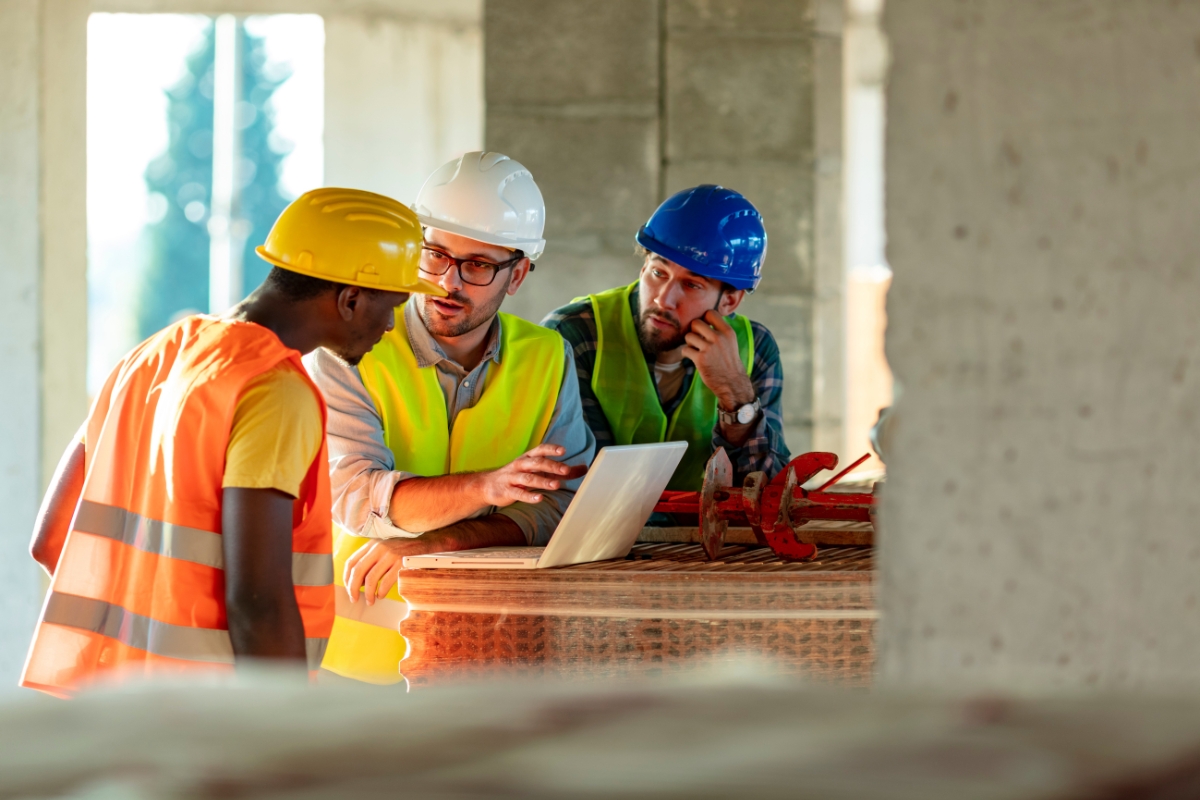
In the realm of construction projects, adhering to stringent safety standards is paramount for ensuring a successful remodeling venture. Safety standards in construction serve as the cornerstone for mitigating risks, safeguarding workers, and upholding the integrity of the project.
Compliance with safety regulations not only protects the workforce from potential hazards but also plays a pivotal role in avoiding costly delays and setbacks. By implementing a robust safety management system, construction companies can establish a solid framework that prioritizes the well-being of their employees while maintaining the highest level of operational efficiency.
From conducting thorough risk assessments to providing comprehensive safety training, every aspect of safety standards in construction is designed to create a secure work environment that minimizes accidents and promotes productivity. Emphasizing the importance of proactive measures, such as regular safety inspections and the use of personal protective equipment, helps in fostering a safety-first culture within the construction industry.
Additionally, integrating emergency preparedness and response protocols within the framework of safety standards further fortifies the project against unforeseen circumstances. Equipping construction teams with the necessary tools and training to effectively respond to emergencies not only enhances on-site safety but also instills confidence in stakeholders about the project’s resilience in the face of unexpected events.
By embracing safety standards in construction as a blueprint for remodeling success, project managers and team members can navigate complex challenges with confidence and precision. Prioritizing safety at every stage of the project not only ensures regulatory compliance but also cultivates a culture of accountability and excellence within the construction industry.
Communication and Collaboration: Building a Safety-Conscious Culture
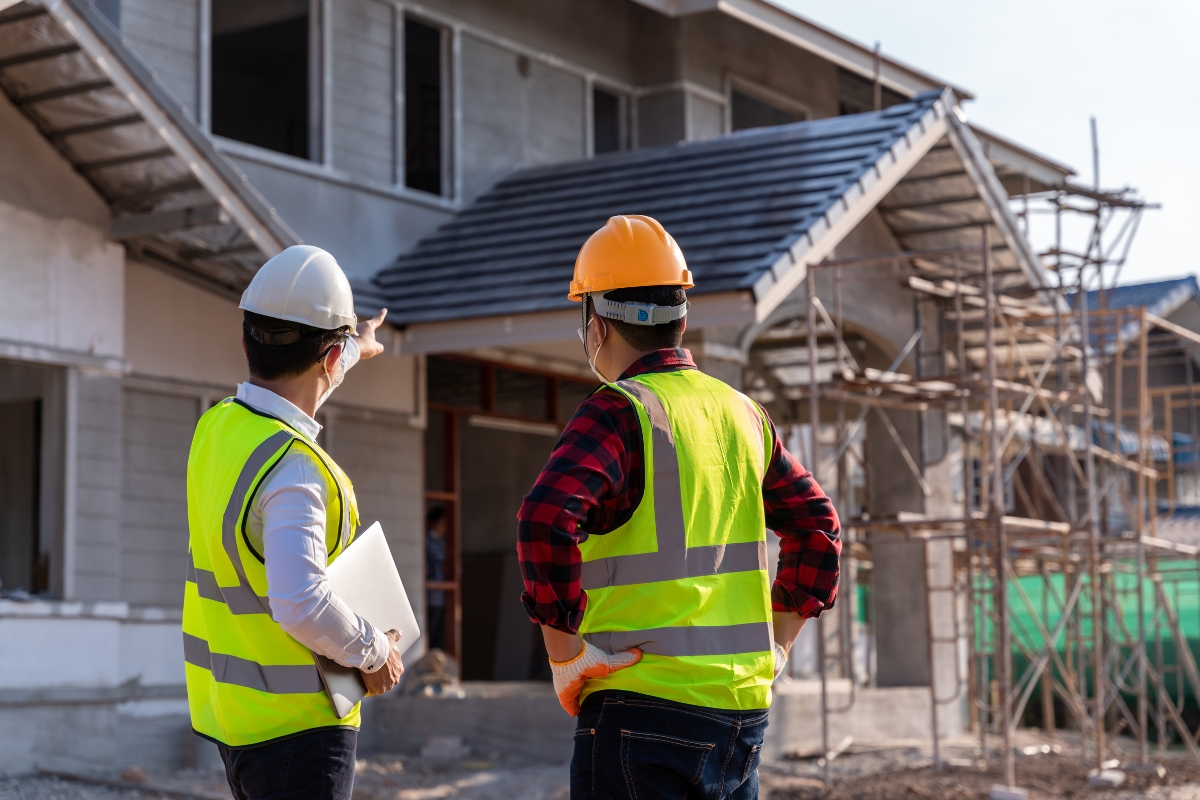
In the fast-paced construction industry, safety standards in construction play a paramount role in ensuring the well-being of workers and the success of any project. Communication and collaboration are key elements in building a safety-conscious culture within construction teams.
Clear communication among all team members is essential to ensure that everyone is aware of the safety protocols and guidelines in place. By fostering open lines of communication, potential hazards can be identified and addressed promptly, reducing the risk of accidents on-site.
Collaboration among different stakeholders, including project managers, contractors, and workers, is crucial in promoting a safety-first mindset. When everyone works together towards a common goal of maintaining high safety standards, the chances of incidents occurring decrease significantly.
Creating a safety-conscious culture requires a collective effort and commitment from everyone involved in the construction process. Regular safety training sessions, toolbox talks, and safety audits can help reinforce the importance of adhering to safety standards at all times.
Implementing a comprehensive safety plan is like laying down a blueprint for remodeling success. Just as a well-thought-out blueprint guides the construction process, a robust safety plan serves as a roadmap for creating a secure work environment where safety is non-negotiable.
By integrating safety standards in construction into every phase of a project, from planning to execution, construction teams can proactively address potential risks and ensure a safer working environment for all. Remember, safety is not just a priority—it’s a core value that should be ingrained in the culture of every construction team.
Continuous Improvement: Evolving Safety Practices for Ongoing Success

Continuous improvement plays a vital role in evolving safety practices for ongoing success. In the dynamic construction industry, staying updated with the latest safety standards is essential to ensure the well-being of workers and the success of projects.
Construction companies that prioritize safety standards not only comply with regulations but also create a culture of safety that leads to higher efficiency and productivity. By implementing robust safety protocols, such as regular safety training, hazard identification, and proper use of personal protective equipment, companies can significantly reduce accidents and injuries on construction sites.
One key aspect of evolving safety practices is to adapt to new technologies and innovations in the construction field. For instance, the use of drones for site inspections, wearable technology for monitoring workers’ health and safety, and Building Information Modeling (BIM) for pre-construction planning are revolutionizing safety practices in construction.
Moreover, fostering a proactive approach towards safety by involving workers in safety committees, encouraging reporting of near-misses, and conducting regular safety audits are crucial for continuous improvement in safety standards.
Conclusion: Crafting a Secure Foundation for Remodeling Triumph
Safety standards in construction are the blueprint for remodeling success. They provide the framework for creating a work environment that is safe, productive, and efficient. By adhering to these standards, construction companies can protect their workers from harm while also navigating the legal landscape surrounding the industry.
Ensure your residential or commercial remodeling project meets the highest safety standards with FD Remodeling Company. Our experienced team prioritizes safety without compromising on quality or efficiency. Ready to embark on your remodeling journey with confidence? Contact us today at 404-857-5582 or fill out our website form with your project details so that we can get started. Let’s build your dream space together, safely and flawlessly.
